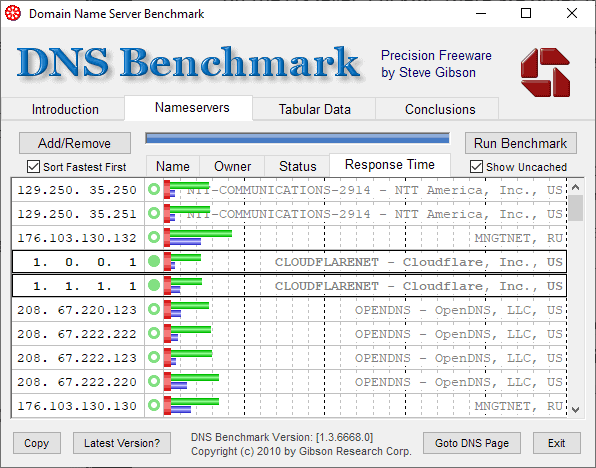


There are two main types of DNS servers: recursive and authoritative. The process of converting the domain name to its IP address is called domain-name resolution. Each time you type a site name into the browser, DNS is queried for the IP address corresponding to that particular domain, so the browser can contact the Web server to get the content. You utilize the Domain Name System (DNS) every time you surf the Web. This article describes five of these services. DNS services provide a mix of tools to customize what content is filtered and which sites are blocked, among other useful features. It can also help stop users’ browsing to malware and phishing sites, block intrusive advertising, and serve as adult-content filters.īecause the Domain Name System (DNS) enables individual computers to reach destinations on the internet, services that filter out dangerous or unwanted sites can improve overall network security. I am not a network admin, nor am i a DNS wizard.Firewalls and antivirus can help block internet-based malware from infecting connected enterprise machines, but layering on DNS-based filtering can help avoid some of these threats in the first place. I run version v0.106.3 of AdGuard Home on a raspberry pi. There is nothing standing out in my upstream: *** amplifi.lan can't find test.x: Non-existent domain The strange thing is that the query log for test.x does in fact show a response with IP I can't figure out why Adguard Home doesn't want to resolve domains when the A record is a local IP. flags: qr rd ra QUERY: 1, ANSWER: 0, AUTHORITY: 0, ADDITIONAL: 1 >HEADER<<- opcode: QUERY, status: NXDOMAIN, id: 1501 I have tested this with dig on another machine: I have added these to Adguard Home DNS rewrite. I have three domains i want to have mapped:


 0 kommentar(er)
0 kommentar(er)
